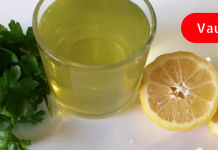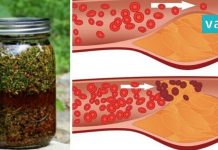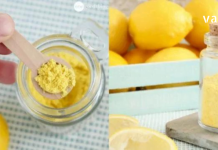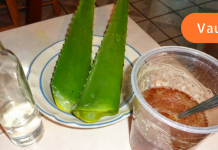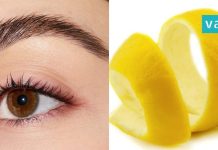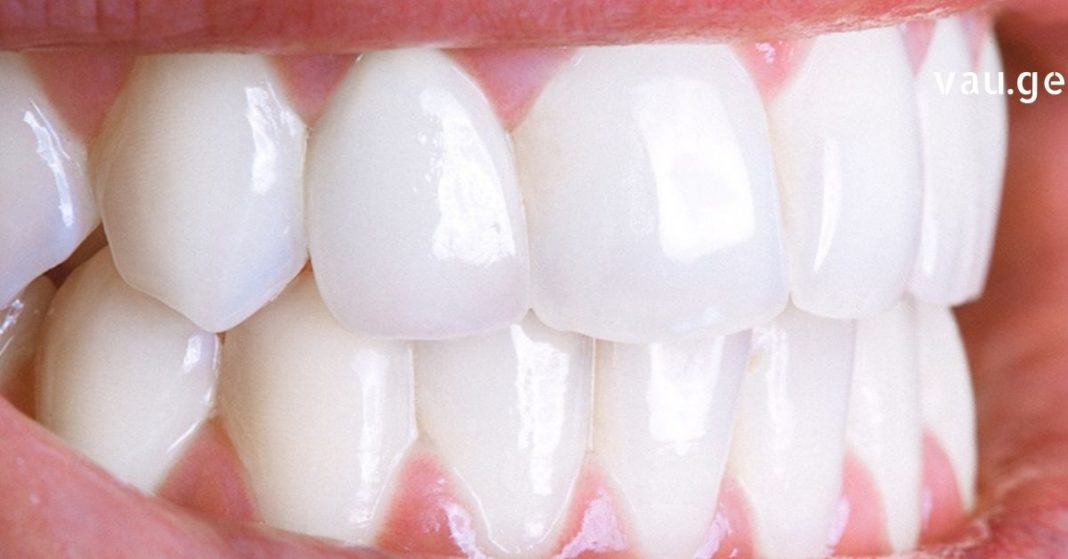If you want to have pearly white teeth, there are a few important tips you should definitely keep in mind. The discoloration of teeth is a common issue and it can occur due to a variety of organic and inorganic pigments that accumulate on the surface of your teeth over time. As the years pass, these stains settle into the enamel, resulting in a dull, yellowish tint that many people find unpleasant.
There are several external factors that contribute to changes in tooth color. Among the most common culprits are frequently consumed products like tea, coffee, and tobacco. These items contain dark pigments and tannins that gradually discolor the outer layer of the teeth. The good news is that if the enamel is not damaged, these types of stains can often be removed through professional dental cleaning.
However, there are also internal causes of tooth discoloration that are a bit more complex. These include both congenital and acquired enamel defects, such as fluorosis, enamel hypoplasia, tetracycline staining (caused by certain antibiotics taken during tooth development), and discoloration following root canal treatment. These internal stains are often more difficult to remove and may require cosmetic dental procedures such as bleaching, veneers, or crowns.
A lot of people feel self-conscious or uncomfortable due to the lack of whiteness in their teeth. Fortunately, modern dentistry offers a wide range of solutions for tooth whitening. While many of these treatments can be expensive and time-consuming, there are also several home remedies that are accessible, affordable, and easy to try in your own kitchen.
Before we dive into those home whitening solutions, let’s go over a few daily habits that can help you maintain a bright and healthy smile:
- Brush your teeth after every meal. This helps remove food particles and prevents stains from setting in.
- Drink plenty of water throughout the day. Water helps flush out bacteria and food debris from your mouth.
- Avoid drinking black tea and coffee as much as possible, as they are known to leave strong stains on teeth.
- Include more crunchy fruits and vegetables in your diet, such as apples, carrots, and cucumbers. These foods have a natural cleaning effect on your teeth and stimulate saliva production, which helps protect enamel.
Now, let’s take a look at a few simple but effective natural whitening remedies that you can try at home:
- Salt Scrub:
One of the easiest methods is to brush your teeth using a small amount of regular table salt. Salt acts as a mild abrasive that can help scrub away surface stains and brighten your teeth. - Baking Soda:
Baking soda is another popular home remedy. It not only whitens your teeth but also enriches them with essential minerals. Just wet your toothbrush, dip it in baking soda, and gently brush your teeth. Be sure not to overuse it, as excessive use may erode enamel. - Vinegar and Baking Soda Mixture:
A more advanced home recipe involves a blend of vinegar, baking soda, and salt. Here’s how to make it:
- Mix 1/2 teaspoon of vinegar,
- 1/2 teaspoon of baking soda, and
- a pinch of salt.
Apply this paste to your teeth, let it sit for 3 to 5 minutes, and then rinse thoroughly with water. This mixture is effective at removing dark stains and bacterial plaque from the surface of your teeth.
While these natural methods can help you achieve a brighter smile, remember to use them in moderation. Overuse of abrasive substances like baking soda or vinegar may damage your enamel over time. It’s always a good idea to consult your dentist before starting any new whitening regimen, especially if you have sensitive teeth or pre-existing dental conditions.
In conclusion, having white teeth isn’t just about aesthetics—it also reflects your overall oral hygiene. With the right daily habits and a few natural remedies, you can maintain a radiant smile without spending a fortune. Just stay consistent, make smart dietary choices, and take good care of your teeth every single day.






